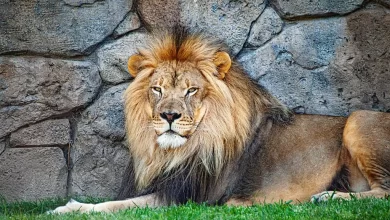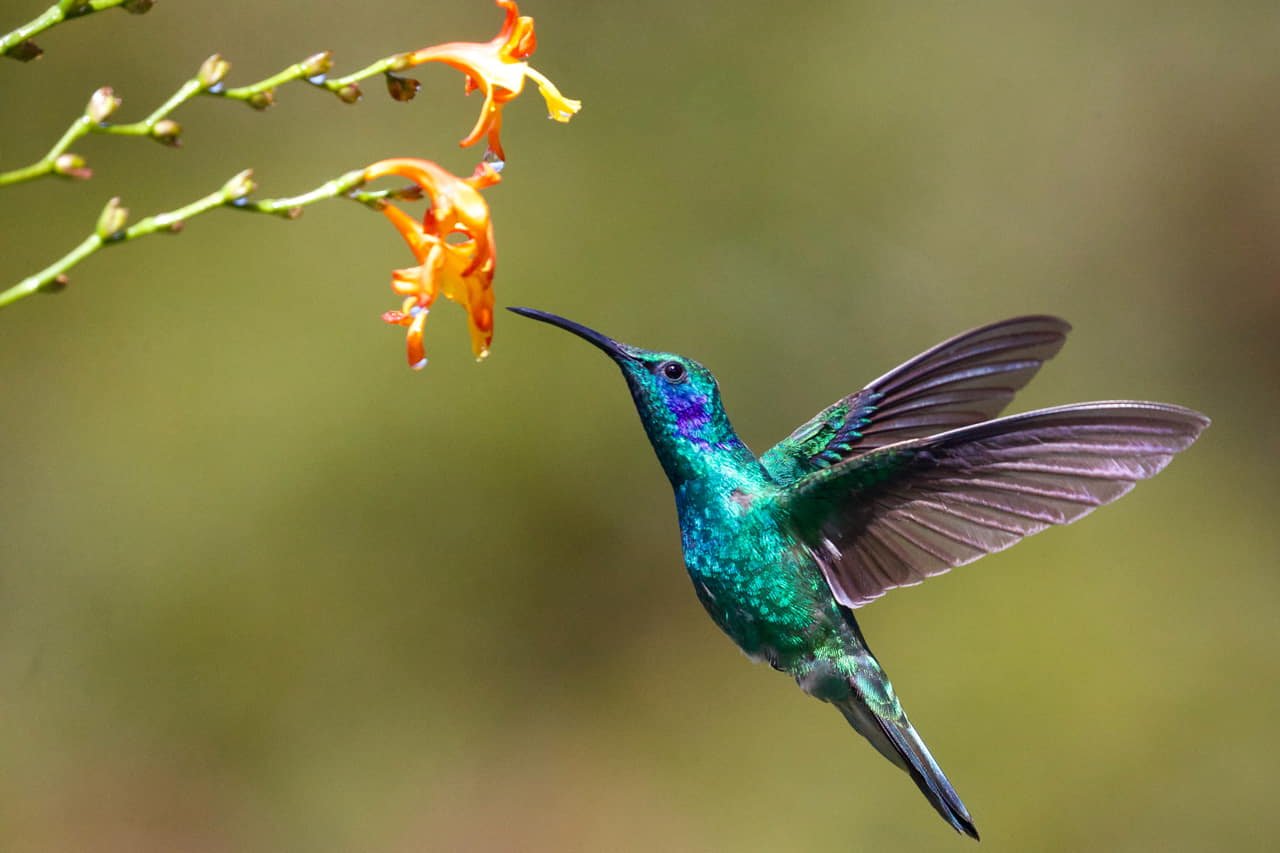Sheep, domesticated mammals of the genus Ovis, have played a crucial role in human history for thousands of years. Known for their wool and meat, sheep are raised globally for their valuable resources. Their wool, once sheared, is used for clothing and textiles. Sheep farming, known as sheep husbandry, involves herding and managing these animals for their wool and meat production. Beyond their economic importance, sheep also have cultural significance in various societies, symbolizing traits such as docility and community. Their gentle nature and distinct herding behavior have made them subjects of fascination and study, contributing to the understanding of animal behavior and agriculture.
- Sheep were one of the first animals to be domesticated by humans, with evidence dating back to around 10,000 years ago. Their domestication initially focused on their wool and later on their meat.
- Sheep are renowned for their wool, which is used to make various textiles and fabrics. Different breeds of sheep produce different types of wool, ranging from fine and soft to coarse and sturdy.
- There are hundreds of sheep breeds worldwide, each adapted to specific climates and purposes. Some breeds are raised primarily for meat (meat sheep), while others are valued for their wool (wool sheep) or both.
- Sheep are known for their strong flocking or herding behavior. This instinct helps protect them from predators, as being in a group enhances their chances of detecting danger and escaping.
- Sheep are herbivores and primarily graze on grasses, plants, and other vegetation. They have a unique four-chambered stomach that enables them to efficiently break down plant fibers.
- Shearing is the process of removing a sheep’s wool coat. It’s typically done annually to prevent the wool from becoming too heavy and to provide quality wool for textile production.
- The lifespan of a sheep can vary depending on factors such as breed, care, and environment. On average, sheep can live around 6 to 12 years, with some living longer.
- The term “lambing” refers to the process of giving birth to lambs. Sheep are seasonal breeders, and lambing usually occurs in the spring when environmental conditions are favorable.
- Sheep communicate through various vocalizations, including bleating. Each sheep has a distinct voice, and lambs often recognize their mothers by their calls.
- Sheep have split hooves, which aid in their agility and ability to navigate various terrains. However, their hooves also require regular trimming to prevent overgrowth.
- Sheep provide multiple resources beyond wool and meat. Their milk is used to make various dairy products, and their hides can be used for leather.
- Sheep hold cultural significance in many societies. They are often depicted as symbols of gentleness, innocence, and vulnerability. In religious texts and folklore, sheep are sometimes used as metaphors for followers or believers.
- Sheep have been subjects of scientific studies on animal behavior and cognitive abilities. Research has shown that they have the capacity to recognize and remember faces, solve problems, and exhibit social behaviors.
- Sheep farming plays a vital role in the economy of many regions, providing resources such as wool, meat, milk, and leather.
- Some sheep breeds have been bred for specific traits, such as hair sheep that don’t produce wool or dairy sheep for milk production. This diversification meets different agricultural and cultural needs.
- Sheep are ruminants, which means they have a unique digestive system that involves four compartments in their stomach: the rumen, reticulum, omasum, and abomasum. This complex system allows them to efficiently break down and ferment plant material.
- While their eyesight is not as keen as that of some predators, sheep have a wide field of vision due to their large, positioned-on-the-side eyes. They can see a 300-degree panoramic view without having to move their heads.
- Sheep have selective grazing habits, showing preferences for different types of plants. This behavior can be beneficial in managing vegetation and preventing the dominance of certain plant species.
- Male sheep are called rams. During the breeding season, rams engage in behaviors like butting heads to establish dominance and compete for mates. This behavior is known as “rut.”
- Sheep fleece varies not only in color and texture but also in fiber diameter and quality. These variations are influenced by genetics, diet, and environmental factors.
- Various breeds of dogs, such as Border Collies and Australian Shepherds, have been bred for their herding instincts and skills in working with sheep. These dogs assist in managing and guiding flocks.
- Merino sheep are known for producing some of the finest and softest wool fibers. The wool from Merino sheep is highly valued for its quality and is used in premium textiles.
- Sheep farming contributes to rural economies by providing income for farmers, creating jobs in processing industries, and supporting related sectors such as wool mills and meat processing plants.
- Sheep are found all over the world, from mountainous regions to grasslands and even desert environments. They have adapted to various climates and conditions.
- Sheep’s hooves have a distinctive print, and their tracks can often be identified by their two-part cloven appearance. These prints are used by trackers and wildlife enthusiasts to identify the presence of sheep in an area.
- In some regions, sheep are used for ecological land management, as their grazing can help control invasive plants and maintain certain ecosystems.
- Sheep have been depicted in literature, art, and cultural expressions for centuries, symbolizing pastoral life, innocence, and tranquility.
- Transhumance is a traditional practice in which sheep are moved between different grazing areas depending on the season. This practice helps optimize grazing resources and manage livestock health.
- The wool industry has evolved with modern technology, incorporating techniques such as selective breeding, advanced shearing equipment, and sustainable wool production practices.
- China is the first on the list to have most sheeps in the world. There are approximately 175 million sheeps living in the country that is twice the number of the sheeps of country that is second on the list.






